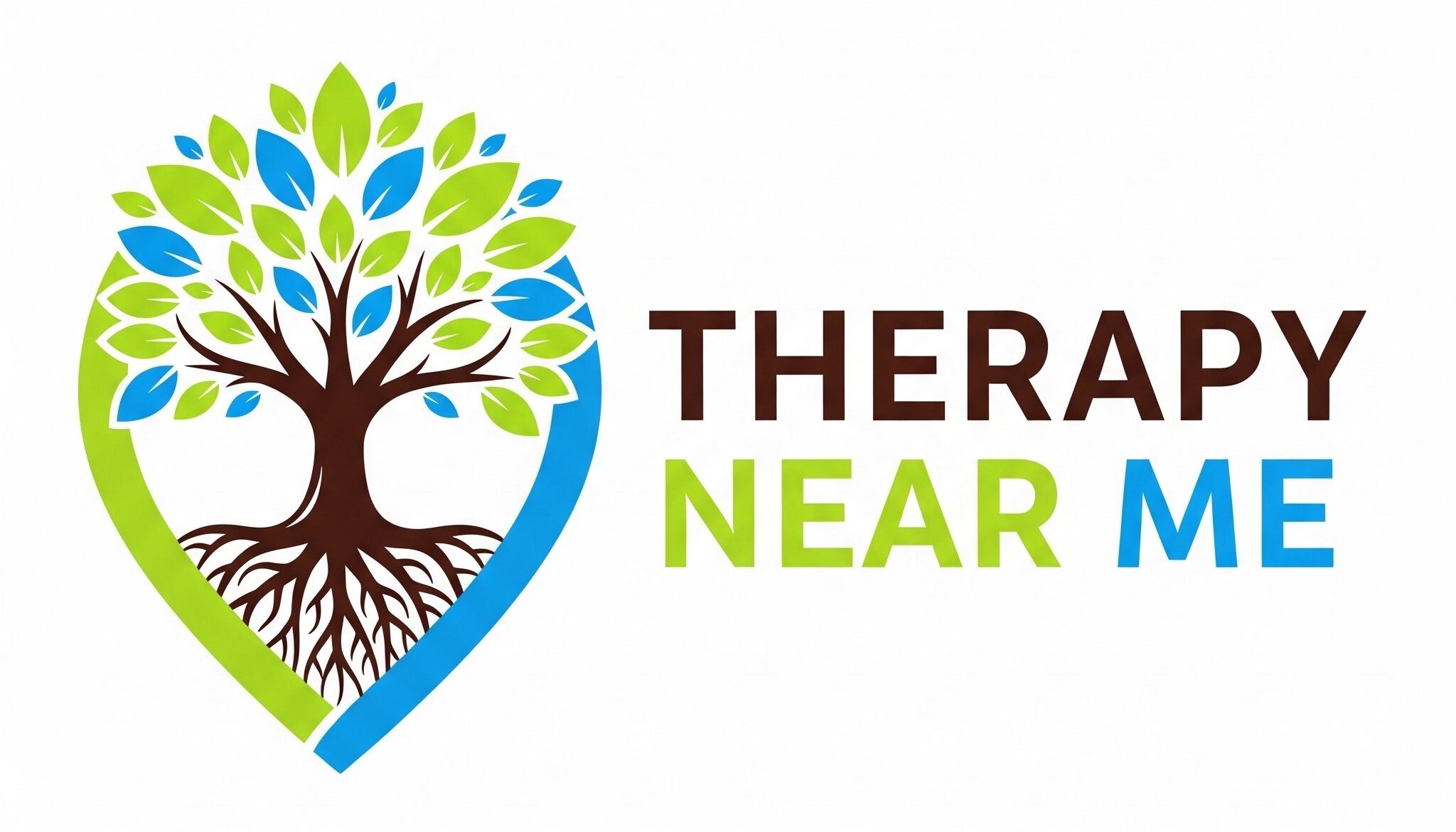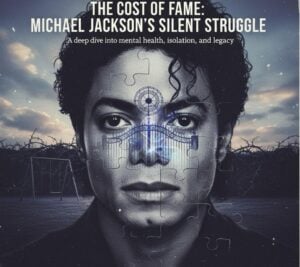Muscle dysmorphia (MD), also known as bigorexia, is a psychological disorder characterised by an obsessive preoccupation with one’s muscle size and body composition. Individuals suffering from muscle dysmorphia often believe that their muscles are too small or underdeveloped, despite having well-developed physiques or even excessive muscle mass. This condition is considered a type of body dysmorphic disorder (BDD), which focuses on perceived physical flaws (Murray et al., 2012).
Keywords: Muscle dysmorphia vs body dysmorphia, Muscle dysmorphia symptoms, Body dysmorphic disorder comparison, Differences between muscle and body dysmorphia, Body image disorders, Muscle dysmorphia in men, Body dysmorphia focus on flaws, Compulsive behaviours muscle dysmorphia, Body dysmorphia and cosmetic surgery
Characteristics of Muscle Dysmorphia
Muscle dysmorphia primarily affects men, although some women also experience it. People with this condition are typically preoccupied with achieving an ideal muscular body, often spending excessive amounts of time and energy on weight training, strict diets, and sometimes the use of performance-enhancing drugs like anabolic steroids (Olivardia, 2001). Key characteristics include:
- Body Dissatisfaction: Despite significant muscle development, individuals with muscle dysmorphia view their bodies as inadequate or too small. They may constantly check their appearance in mirrors, compare themselves to others, or seek reassurance about their size.
- Excessive Exercise: People with muscle dysmorphia often engage in intense and compulsive weightlifting routines, sometimes overtraining to the point of injury (Grieve, 2007). The disorder may also lead them to avoid social activities or professional commitments that interfere with their gym routine.
- Dietary Restrictions: Adhering to rigid dietary regimes, individuals with muscle dysmorphia may consume high-protein diets or supplements to build muscle, while avoiding foods that they believe could hinder muscle growth.
- Distress and Impairment: The psychological distress caused by muscle dysmorphia can lead to social isolation, depression, and anxiety. Many individuals with this disorder may avoid situations where their body could be exposed, such as swimming pools or beaches, for fear of being judged for their perceived inadequacies (Olivardia et al., 2000).
Muscle Dysmorphia and the Media
The rise of muscle dysmorphia has been linked to societal pressures and media portrayals of the ideal male body, particularly in the fitness and bodybuilding industries. Men are often exposed to images of highly muscular and lean physiques through advertisements, movies, social media, and fitness magazines. This media-driven ideal body type can lead to upward social comparison, where individuals feel that they fall short of the standards they see in the media (Leone et al., 2005).
Social media platforms, in particular, have exacerbated these comparisons by creating spaces where users frequently share images of their fitness routines and body transformations. This often encourages excessive scrutiny of one’s own body and fosters a sense of inadequacy, pushing individuals toward unhealthy habits to attain the “ideal” muscular build (Fardouly et al., 2015).
The Role of Steroids and Supplement Use
Muscle dysmorphia is often associated with the use of anabolic steroids and other performance-enhancing substances. Many individuals with the disorder turn to these substances in an attempt to achieve faster muscle growth or to maintain their physique, despite the potential health risks involved. Research indicates that men with muscle dysmorphia are significantly more likely to use steroids compared to the general population (Cafri et al., 2005).
Steroid use can lead to a range of health complications, including cardiovascular issues, liver damage, and psychological effects such as mood swings, irritability, and aggression (Pope et al., 2000). In addition, dependency on these substances can exacerbate the obsession with physical appearance, creating a cycle of dissatisfaction and unhealthy behaviours.
Psychological Impact
The psychological effects of muscle dysmorphia are profound. Individuals with the condition often suffer from low self-esteem, depression, and anxiety. Their preoccupation with their body image can lead to social withdrawal, as they may avoid situations where they feel their bodies will be scrutinised or judged (Grieve, 2007).
Muscle dysmorphia is also associated with perfectionism—the belief that one’s body must be perfect to achieve self-worth or social acceptance. This obsession with achieving a flawless physique can drive individuals to extremes, further impacting their mental and physical health (Pope et al., 2000).
Treatment for Muscle Dysmorphia
Treating muscle dysmorphia involves a combination of psychological therapy, nutritional counselling, and sometimes medication. The primary goals of treatment are to reduce the obsessive thoughts and behaviours surrounding muscle size, improve self-esteem, and address any underlying mental health conditions, such as depression or anxiety.
- Cognitive-behavioural therapy (CBT) is commonly used to challenge the distorted beliefs about body image and help individuals develop healthier thought patterns (Murray et al., 2012). CBT can also help patients learn to manage their compulsive exercise habits and adopt more balanced approaches to diet and fitness.
- Nutritional guidance is crucial in helping individuals with muscle dysmorphia develop a healthier relationship with food and avoid excessive dietary restrictions or reliance on supplements.
- In some cases, medication such as selective serotonin reuptake inhibitors (SSRIs) may be prescribed to help manage symptoms of depression and anxiety associated with muscle dysmorphia (Pope et al., 2000).
Muscle Dysmorphia Vs Body Dysmorphia?
Muscle dysmorphia (MD) and body dysmorphic disorder (BDD) are both forms of body image disorders, but they differ in terms of focus and specific symptoms. While both involve an obsessive preoccupation with appearance, the nature of the concern is what sets them apart. Below are the key differences between muscle dysmorphia and body dysmorphia.
1. Primary Focus
- Muscle Dysmorphia (MD): The primary concern in muscle dysmorphia is an intense preoccupation with muscle size and the belief that one’s body is not sufficiently muscular or lean, even when it may be highly developed. It is particularly prevalent among bodybuilders and weightlifters. Individuals with MD often perceive themselves as smaller or weaker than they are, leading to behaviours focused on gaining muscle mass, such as excessive weightlifting and strict diets (Pope et al., 2000).
- Body Dysmorphic Disorder (BDD): In contrast, BDD involves a broader obsession with one or more perceived flaws in appearance, which can include any part of the body, such as the face, skin, hair, or body shape. These flaws are usually minor or nonexistent but cause significant distress. The focus is not limited to muscle size and can extend to areas like skin texture, facial symmetry, or hair thinning (Phillips, 2009).
2. Gender Prevalence
- Muscle Dysmorphia: While both genders can be affected, muscle dysmorphia predominantly affects men, particularly those involved in bodybuilding or fitness cultures. The societal pressure on men to attain a muscular, lean body plays a large role in the development of this disorder (Olivardia et al., 2000).
- Body Dysmorphic Disorder: BDD affects both men and women and is not restricted to a particular body type or appearance standard. However, the areas of concern may differ, with women often focusing on their skin, weight, or facial features, while men may focus on issues like hair loss, body shape, or skin texture (Phillips, 2009).
3. Behavioural Manifestations
- Muscle Dysmorphia: Individuals with muscle dysmorphia engage in specific behaviours aimed at increasing muscle mass, including excessive weightlifting, overtraining, and following rigid high-protein diets. They may also use anabolic steroids or other performance-enhancing substances in an effort to achieve their ideal body (Grieve, 2007). Social isolation and the prioritisation of workouts over social or professional commitments are also common.
- Body Dysmorphic Disorder: People with BDD exhibit different compulsive behaviours, such as excessive grooming, checking mirrors, or seeking cosmetic procedures to “fix” their perceived flaws. Unlike muscle dysmorphia, these behaviours are not focused on enhancing physical strength or muscle size but on improving what the individual perceives as a defect in their overall appearance (Phillips et al., 2002).
4. Distorted Perception
- Muscle Dysmorphia: The distorted perception in MD is specifically related to muscle size. Individuals often feel “small” or “weak” despite having developed physiques that are, in reality, muscular and often admired by others (Olivardia et al., 2000).
- Body Dysmorphic Disorder: In BDD, the distorted perception can relate to any part of the body and can be much broader. For example, an individual may believe their nose is disproportionately large, or that their skin is severely blemished, even when others see nothing wrong (Phillips, 2009).
5. Health Consequences
- Muscle Dysmorphia: Individuals with MD often push their bodies to dangerous extremes, leading to overtraining, muscle injuries, and health risks associated with steroid use, such as cardiovascular issues and liver damage. The obsessive nature of the disorder can also lead to social isolation, depression, and anxiety (Pope et al., 2000).
- Body Dysmorphic Disorder: People with BDD may undergo repeated and unnecessary cosmetic surgeries, which can lead to physical harm. The disorder is also associated with high levels of anxiety, depression, and a significant risk of suicidal ideation (Phillips et al., 2002).
Conclusion
Muscle dysmorphia is a serious psychological condition that affects individuals’ perceptions of their own bodies, often leading to unhealthy behaviours and significant emotional distress. Media portrayals of the ideal muscular physique, alongside social media pressures, have contributed to the rise of this disorder. However, with appropriate treatment, including cognitive-behavioural therapy and nutritional support, individuals with muscle dysmorphia can overcome the condition and develop healthier relationships with their bodies.
References
- Cafri, G., Thompson, J. K., Ricciardelli, L., McCabe, M., Smolak, L., & Yesalis, C. (2005). Pursuit of the muscular ideal: Physical and psychological consequences and putative risk factors. Clinical Psychology Review, 25(2), 215-239.
- Fardouly, J., Diedrichs, P. C., Vartanian, L. R., & Halliwell, E. (2015). Social comparisons on social media: The impact of Facebook on young women’s body image concerns and mood. Body Image, 13, 38-45.
- Grieve, F. G. (2007). A conceptual model of factors contributing to the development of muscle dysmorphia. Eating Disorders, 15(1), 63-80.
- Leone, J. E., Sedory, E. J., & Gray, K. A. (2005). Recognition and treatment of muscle dysmorphia and related body image disorders. Journal of Athletic Training, 40(4), 352-359.
- Murray, S. B., Rieger, E., Touyz, S. W., & De la Garza García Lyra, A. (2012). Muscle dysmorphia and the DSM-V conundrum: Where does it belong? A review paper. International Journal of Eating Disorders, 45(1), 89-99.
- Olivardia, R. (2001). Mirror, mirror on the wall, who’s the largest of them all? The features and phenomenology of muscle dysmorphia. Harvard Review of Psychiatry, 9(5), 254-259.
- Olivardia, R., Pope, H. G., & Hudson, J. I. (2000). Muscle dysmorphia in male weightlifters: A case-control study. American Journal of Psychiatry, 157(8), 1291-1296.
- Phillips, K. A. (2009). Understanding Body Dysmorphic Disorder: An Essential Guide. Oxford University Press.
- Phillips, K. A., Menard, W., Fay, C., & Weisberg, R. (2002). Demographic characteristics, phenomenology, comorbidity, and family history in 200 individuals with body dysmorphic disorder. Psychosomatics, 46(4), 317-325.
- Pope, H. G., Gruber, A. J., Choi, P., Olivardia, R., & Phillips, K. A. (2000). Muscle dysmorphia: An underrecognized form of body dysmorphic disorder. Psychosomatics, 38(6), 548-557.
How to get in touch
If you or your NDIS participant need immediate mental healthcare assistance, feel free to get in contact with us on 1800 NEAR ME – admin@therapynearme.com.au.







